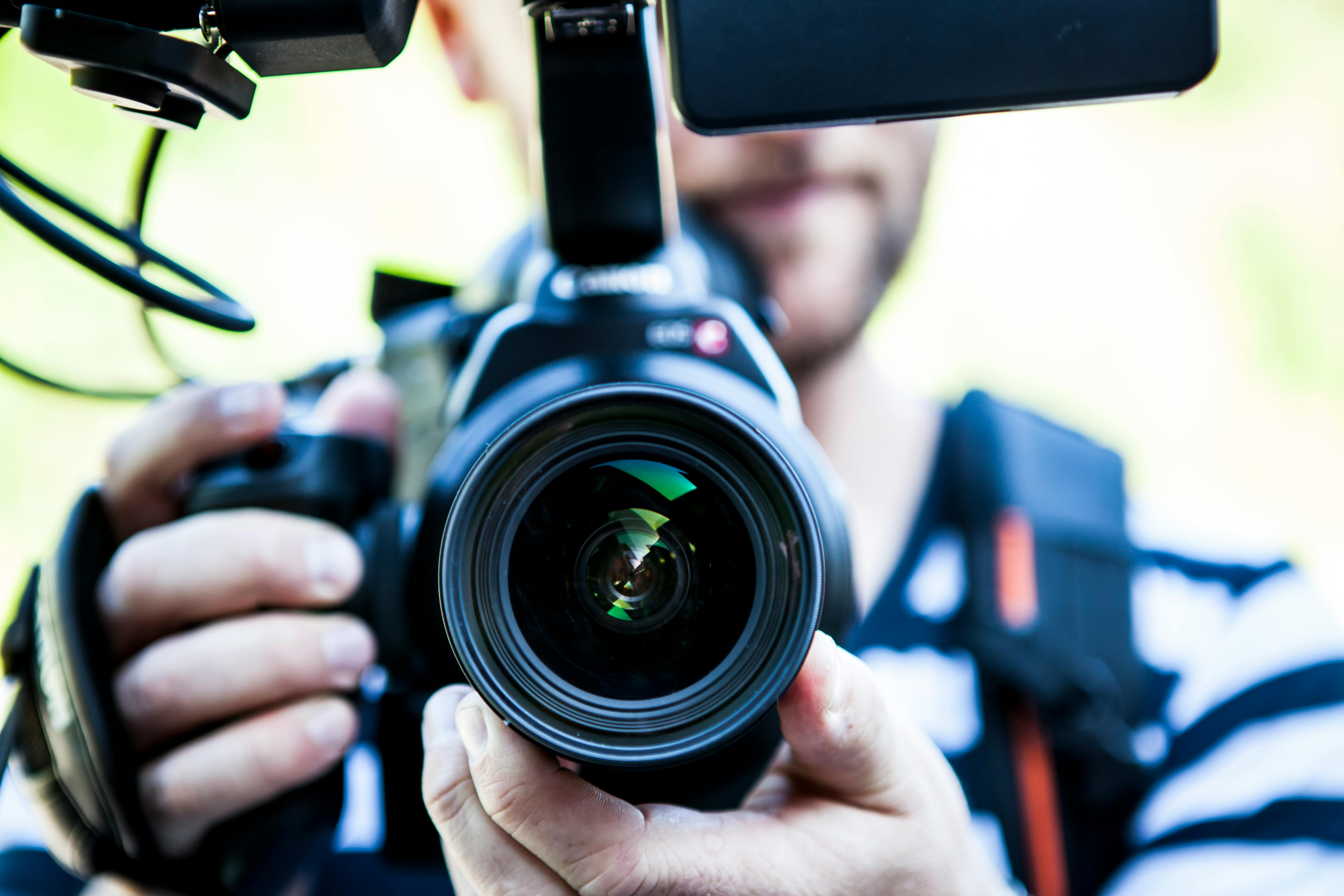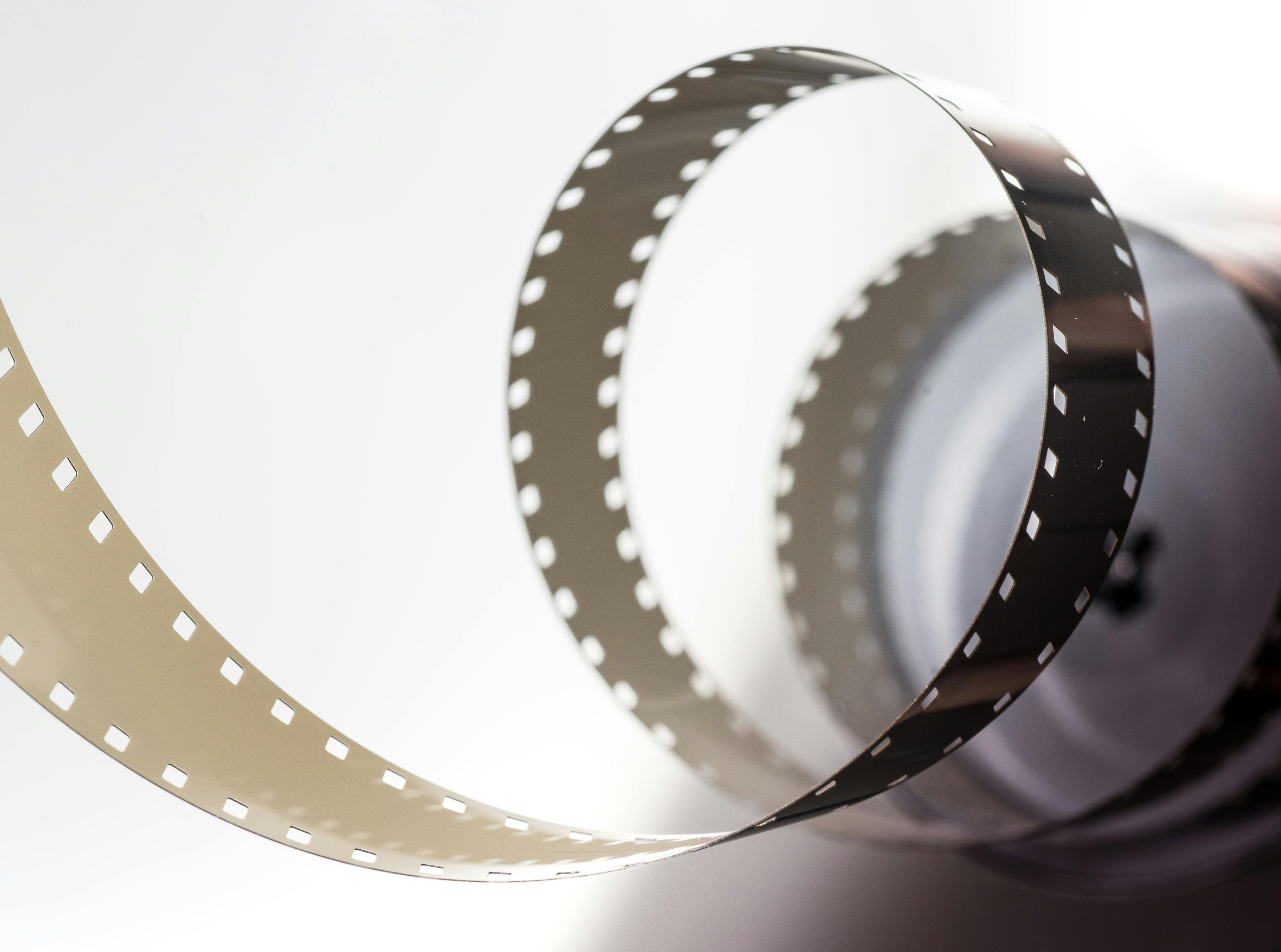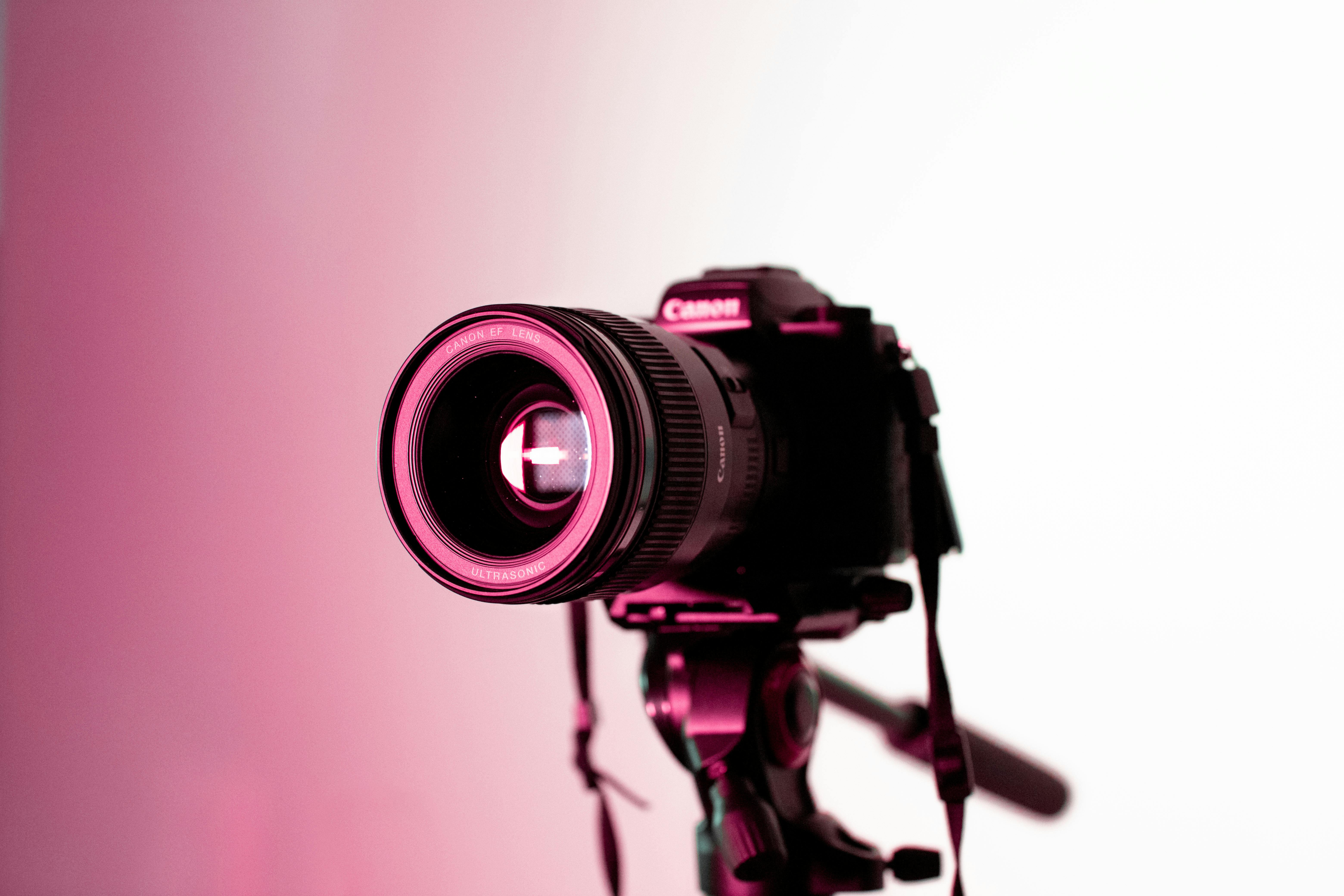An Evolution of Cameras for Filmmaking

Great films capture stories that are worth telling, and more and more filmmakers are able to make films because of the evolution of cameras. From the top-of-the-range 35mm and RED cameras used in Hollywood blockbusters to the 16mm and digital cameras used by independent filmmakers, there are a wide range of options available. This allowed filmmakers like Richard “R.G.” Miller to acquire a cheap camera and begin making movies in his early teens.
Today’s movies are being created with new-generation cameras, such as the ones offered by IMAX. An article by The Hollywood Reporter reveals that renowned filmmaker Christopher Nolan has shot Oppenheimer, which focuses on the life of physicist J Robert Oppenheimer, with IMAX film cameras.
If you want to learn more about the different cameras used by various directors, read on.
35mm filmmaking cameras

Thomas Edison is credited with inventing the very first 35mm motion picture camera. According to a 2020 No Film School feature titled ‘When Were Cameras Invented?’, Edison and his team developed the device in the early 1980s. Once done, the Kinetograph was able to take a series of photos on 35mm film stock. By 1895, Louis and Auguste Lumiere invented the Cinematographe, which took and projected film.
Since then, most movies were shot on 35mm until digital cameras became more popular. Interestingly, a 2022 Filmmaker write-up shows that various directors continue to debut features that are shot on 35mm. For one, Michael Morris opted to produce To Leslie with 35mm. In the interview with Filmmaker, Larkin Seiple, the movie’s cinematographer, explained that shooting with 35mm allowed them to achieve their desired light looks.
Digital SLR cameras

Many movies are now being shot with
DSLR cameras. For instance, Noah Baumbach, an independent film director, has
utilized these devices to convey realistic narratives. In particular, a
Straight From a Movie feature reveals that Frances Ha was shot
with a Canon 5D camera. This shows how you don’t need traditional film equipment to capture
and celebrate life’s mundanities. This is why the Canon EOS 5D Mark IV is
listed as one of the top DSLR cameras on
Adorama. Using this widely available camera a director can
easily produce smooth and highly-detailed clips. This is because it’s equipped
with features like a full-frame, high-speed CMOS sensor, and accurate AF
tracking. It likewise boasts powerful processing abilities, so aspiring
filmmakers can capture sharp and well-illuminated videos despite being low on
budget.
Similarly, Damien Leone, who directed the indie horror sensation Terrifier
2, dedicated most of his funds towards the effects
work and makeup. The Collider article explains how horror films that are shot
with low-grade DSLRs can generate a creepier atmosphere. By utilizing adequate
yet effective equipment like DSLRs, Leone could better produce chilling and
unforgettable characters such as Art the Clown.
RED cameras

The
RED cameras listed on IndieWire, such as the RED One
Model, reveal that when these products became available, they quickly became an
important tool for directors and cinematographers. To illustrate, Steven
Soderbergh, known for directing Ocean’s Eleven, shot both
installments of Che with a RED camera. Apart from Soderbergh,
cinematographer Erik Messerschmidt shared in his interview with IndieWire that,
“Shooting on film would have significantly limited our creative choices,
particularly with focus and depth of field.” Luckily, with RED cameras,
Messerschmidt could achieve the level of control he needed when he helped shoot
films like The Curious Case of Benjamin Button and Mank.
Currently, RED cameras are a fixture in major studio productions such as Birdbox, Captain
Marvel, Entourage, and The Suicide Squad. However,
indie filmmakers who are working with low production funding can utilize the
RED Komodo, which can seamlessly capture detailed 6K clips.
If you wish to become a filmmaker one day, remember that a large production
isn’t necessary to produce meaningful outputs. This article has illustrated
that having a reliable camera can help you capture the story you want.

